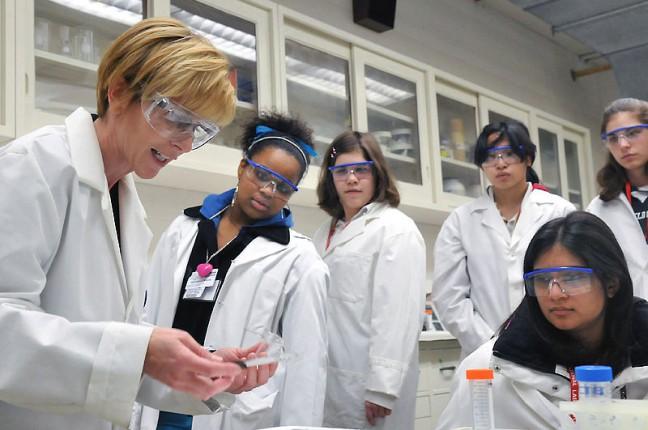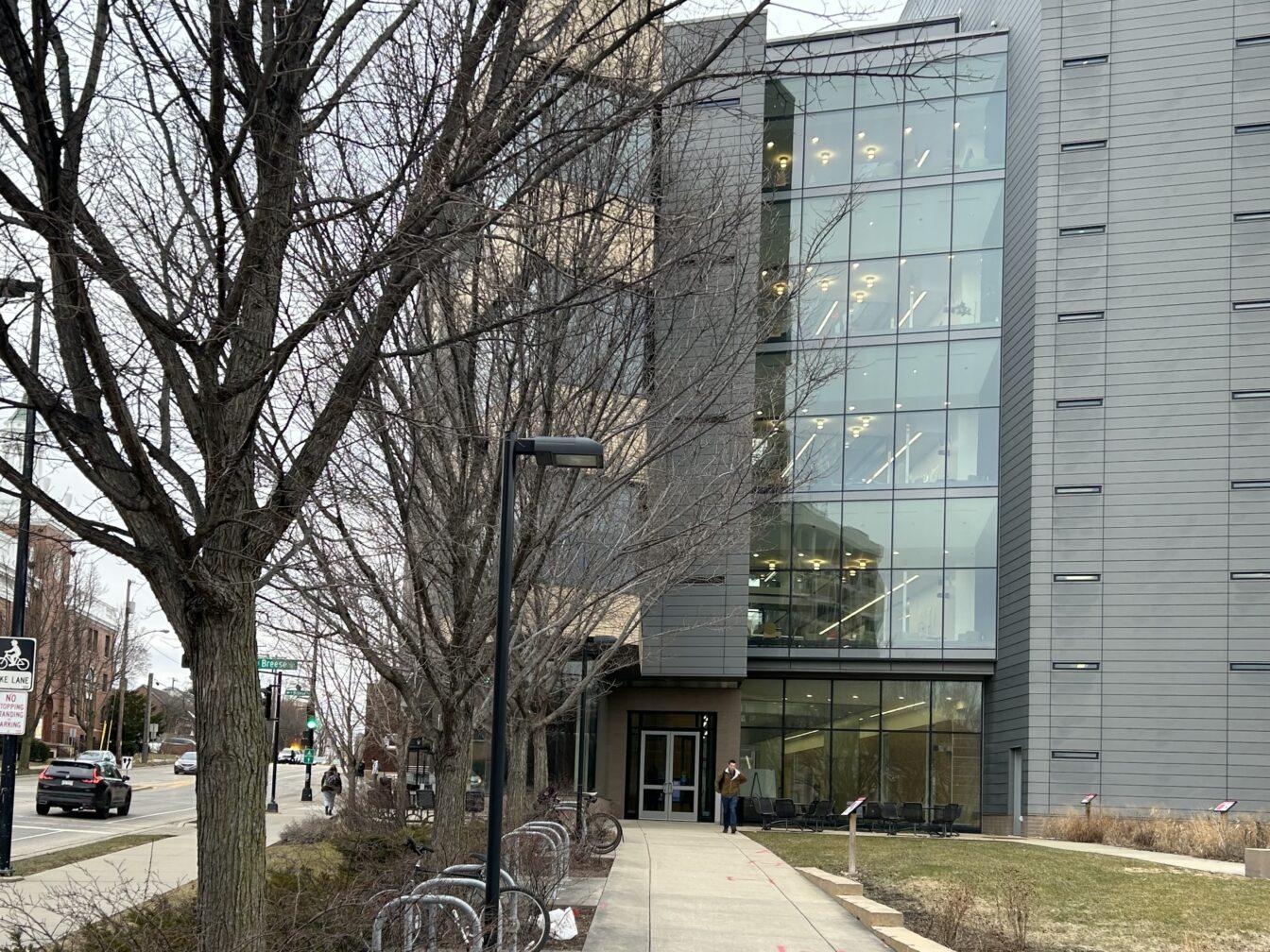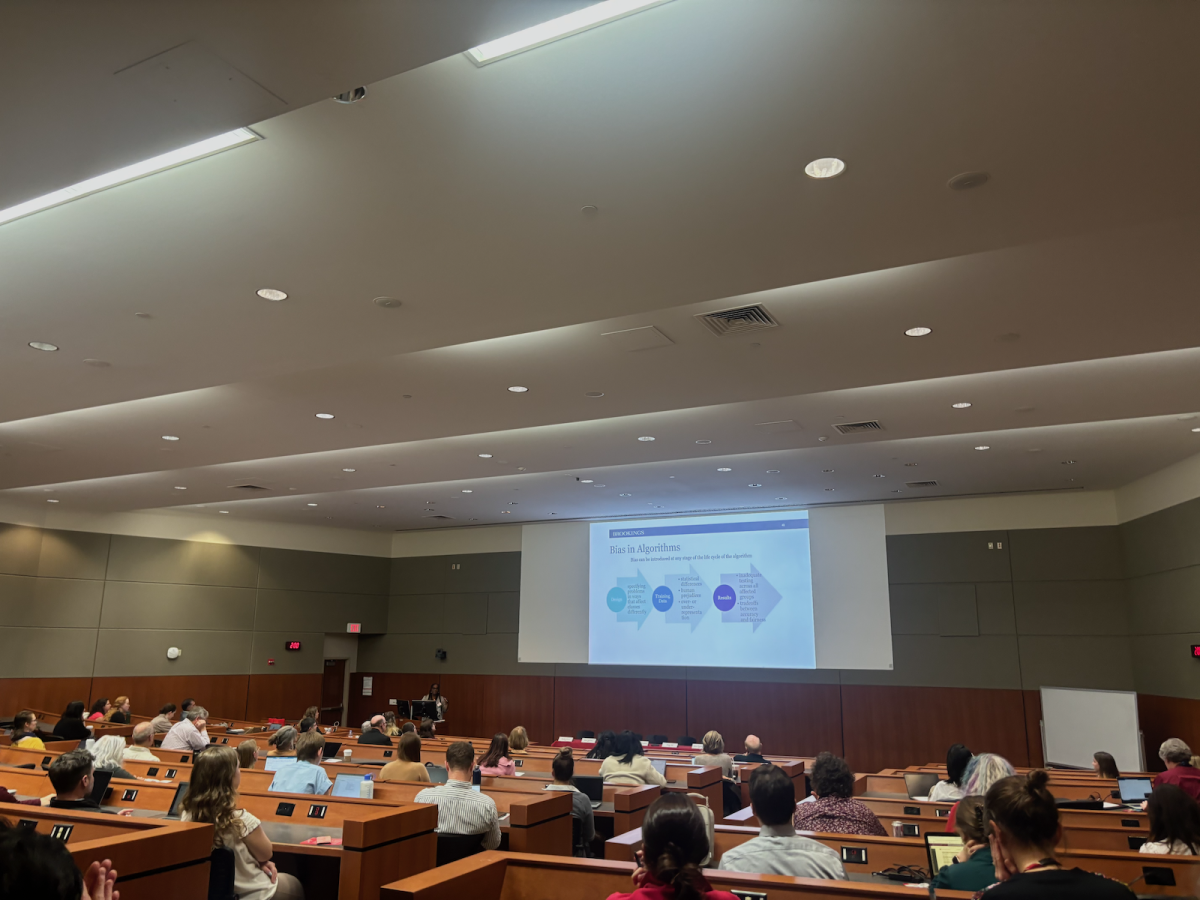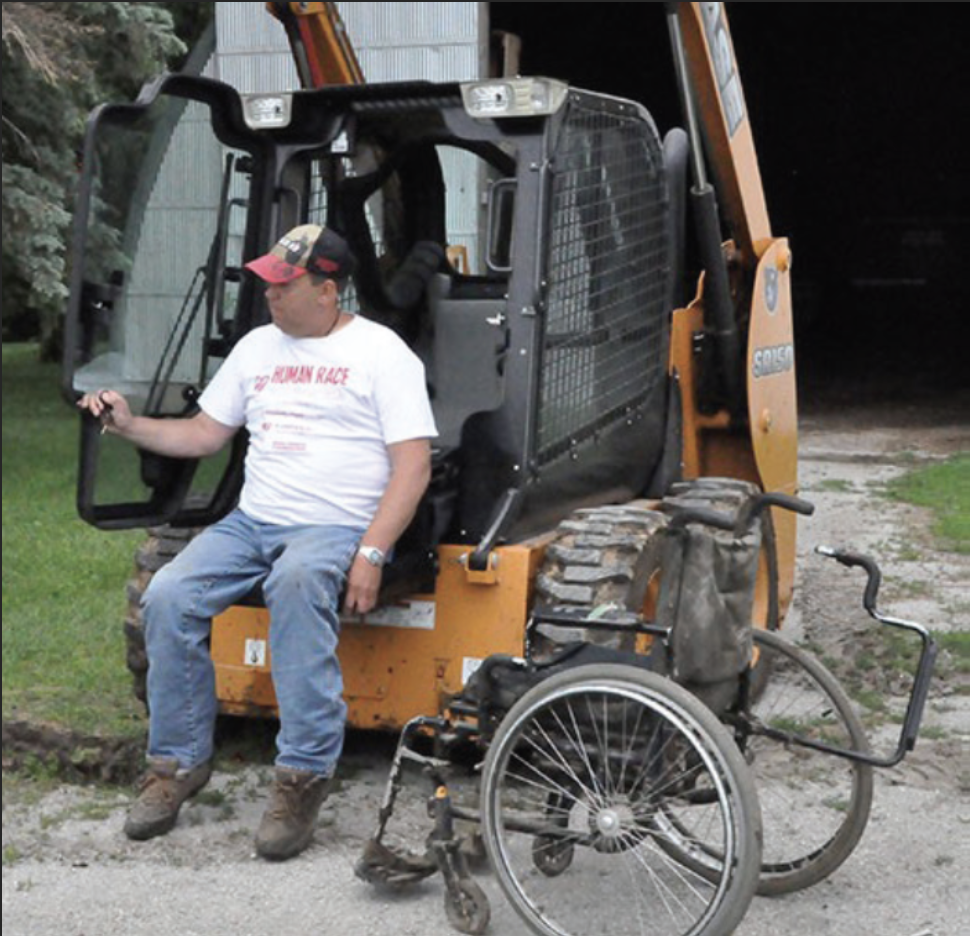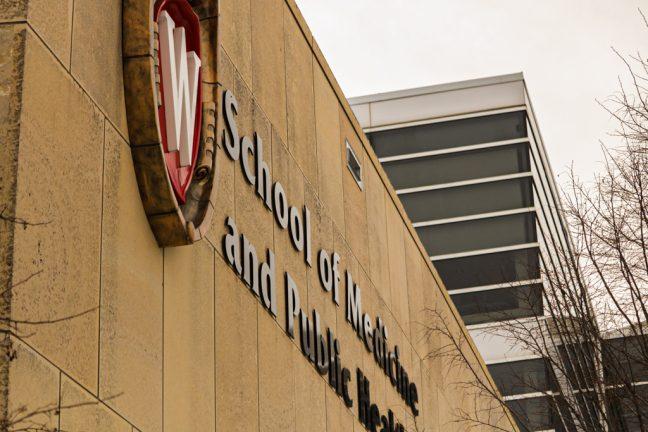What started in 2002 as an informal email list between early-career women amid the male-dominated atmospheric science field grew into an organization with over 10,000 Facebook subscribers. At the time, Tracey Holloway, one of the co-founders of Earth Science Women’s Network and president of the group from 2014-2017, never imagined the organization would have attracted so much attention 20 years later.
Holloway said the groups acronym, “ESWN,” was purposeful. It simultaneously represents the purpose of the organization, and also sounds similar to “ESPN,” so people would have an easier time remembering it.
According to their mission statement, ESWN aims to “support the scientists of today and welcome the scientists of tomorrow.” Ultimately, ESWN provides support and a network to its members, something lacking for many women and Black, indigenous and people of color who are underrepresented in the geoscience and earth science fields.
What Holloway said she observed in the beginning years of ESWN was an exponential growth in membership each year. Holloway attributes this growth to ESWN’s unique ability to provide women support for both their professional and personal needs.
“Thinking about this from the perspective of women who were dealing sometimes with things that related to everybody but other times things that were uniquely gender, and that may be what to wear to an interview or some of the challenges that come along with bringing your kids along for a professional meeting,” Holloway said.
Wisconsin farmers evaluate climate change impacts, consider solutions
Neither co-founder of ESWN and current ESWN president Meredith Hastings nor Holloway thought the group would grow to its current size when it started as an email list.
The founders knew the organization was growing and meeting an unanticipated need but didn’t recognize the exact reasoning for that need, Holloway said. All they knew was ESWN was working.
Hastings said she thought there would be enough women in science eventually that these women wouldn’t feel isolated and ESWN wouldn’t be necessary, but that didn’t happen. As it turned out, ESWN was the exact thing women needed — then and now.
“I think I was very naive to think that things were changing, seemingly, rapidly and that this was really going to be a short-term thing,” Hastings said.
When University of Wisconsin assistant professor in atmospheric and ocean studies Mayra Oyola-Merced joined in 2010 as a graduate student, she had no idea it would also lead to instructing at UW in the same department as Tracey Holloway.
In a field with mostly male professors, getting in touch with women was important for career development, building a community of support and making connections within the field, Oyola-Merced said.
Hastings said this connection typically occurred with staff members who were the only other women and very rarely with other women faculty.
The National Science Foundation reported that although women account for 48% of the total workforce, they comprise just 34% of the STEM workforce in 2022. This is an increase, though, from 2010 — the year Oyola-Merced joined ESWN — when only 28% of the science and engineering workforce were women, according to the Society of Women Engineers.
Perfectly imperfect machines: How artificial intelligence algorithms produce biased decisions
Even as a fairly young organization, the group focused mainly on peer mentoring — though they did not realize at the time the foundation it served for building the rest of ESWN, Holloway said.
Beyond providing professional development opportunities to its members, ESWN also supports women throughout different levels of their careers by covering topics intrinsic to women, such as motherhood, Oyola-Merced said. Covering topics as such allows women to have difficult conversations with and relate to other women, an ability they would lose amidst a male-dominated field.
But from the beginning, Hastings said she noticed the organization had a narrow focus on only amplifying women’s concerns and increasing the number of women in leadership positions. This caused ESWN to miss an opportunity to expand its outreach to women of color in the field as well.
What ESWN saw was growing numbers of white women scientists over the years who were utilizing its support services, but women of color were still vastly underrepresented, Hastings said.
This realization allowed ESWN to broaden its mission statement and find that diversity is what’s really important to science being successful, Oyola-Merced said.
“It’s extremely important to have that diversity and those different backgrounds to look at very complex problems in different ways,” Oyola-Merced said. “And we’ve seen that there is a lot of success surrounding that. As we move forward with all the different challenges that we have — whether that is climate change or even when we think about space exploration — we do need to bring forward that spectrum of perspectives into what we do.”
More than just a number: The science behind nutrition labels
Though the founders did not immediately realize what inclusion truly looks like, today ESWN emphasizes inclusion throughout their group. All it required was centering ideas on building community within the organization, Hastings said.
Since, ESWN has maintained that name for itself and even developed a more descriptive mission statement today as a registered 501(c)(9) nonprofit, which formalized because of Holloway. It also receives an endowment from the Madison Community Foundation and earns large grants from well-known foundations such as NASA and NSF.
“What we found over time was that the power of a community can enact change — and should enact change — beyond just furthering themselves,” Holloway said. “And today the mission, I think, is best summarized by supporting the scientists today and welcoming the scientists of tomorrow.”
Over the years, ESWN has helped dismantle some of the stigmas of being a woman and/or a woman of color in a STEM field. It has experienced a lot of successes in the area of garnering open-mindedness within the workplace, both outside of it and among its members, Oyola-Merced said.
Still today, ESWN is as strong as ever, and the atmospheric and oceanic studies department is well-balanced between the male and female counterparts, which Oyola-Merced credits to Holloway.
“It was that work done by Tracey and also [her colleague] that opened the path for the rest of us to be here right now,” Oyola-Merced said.








